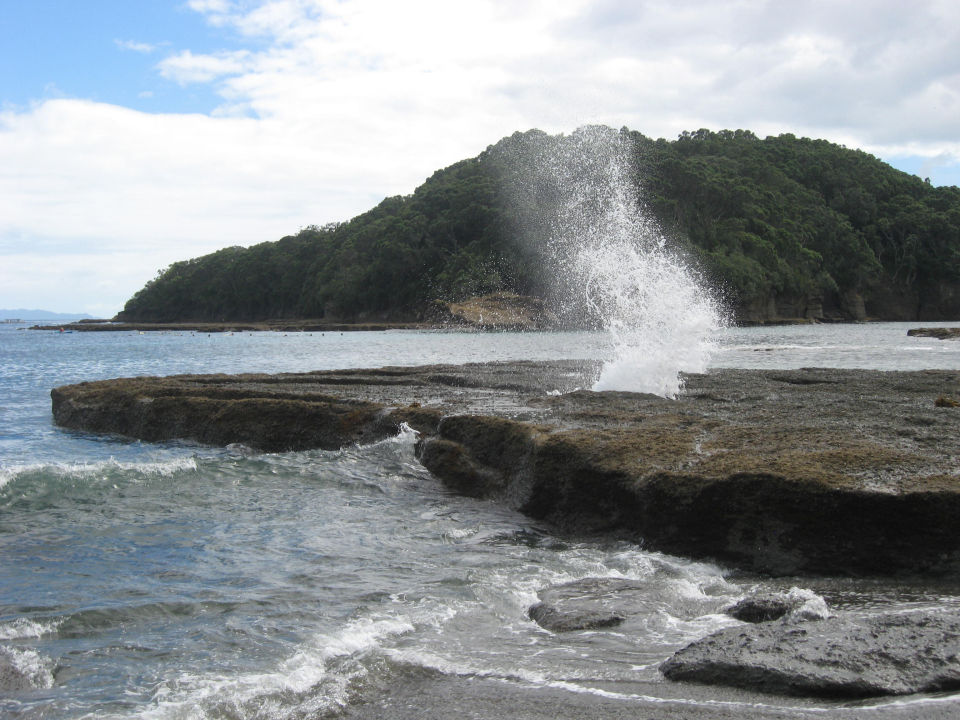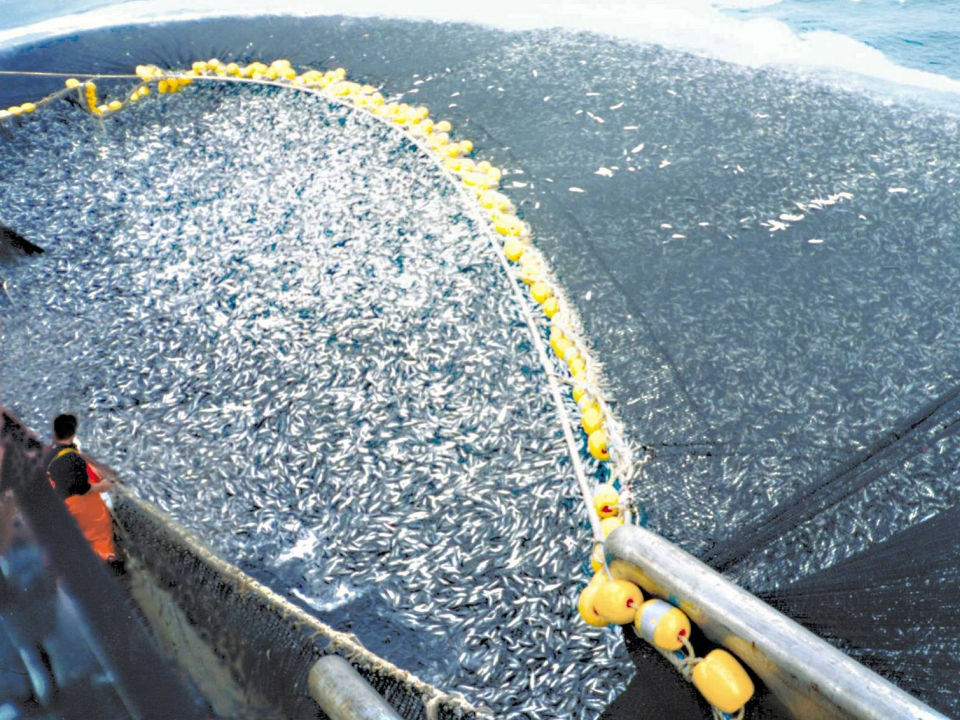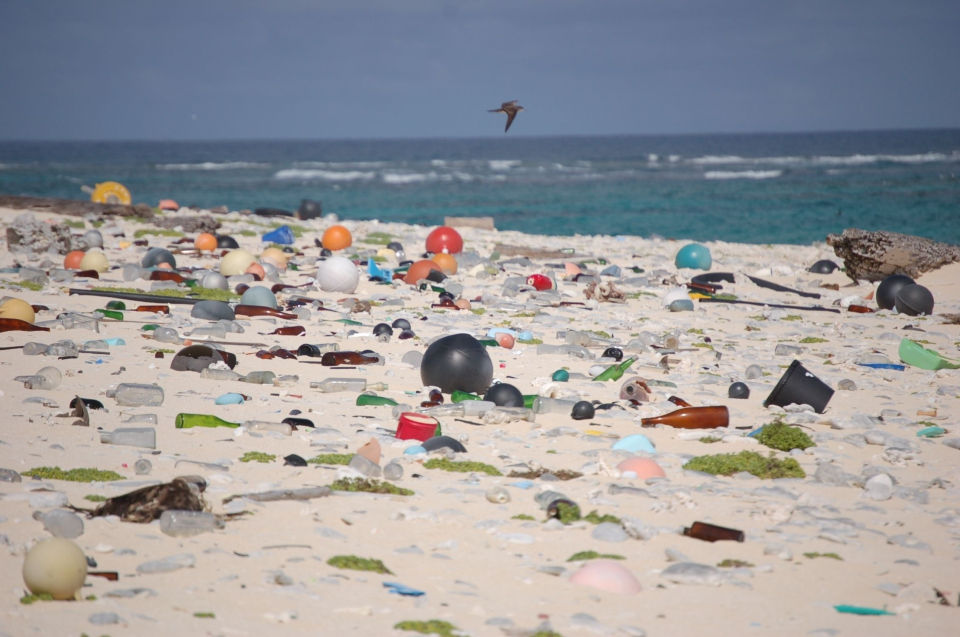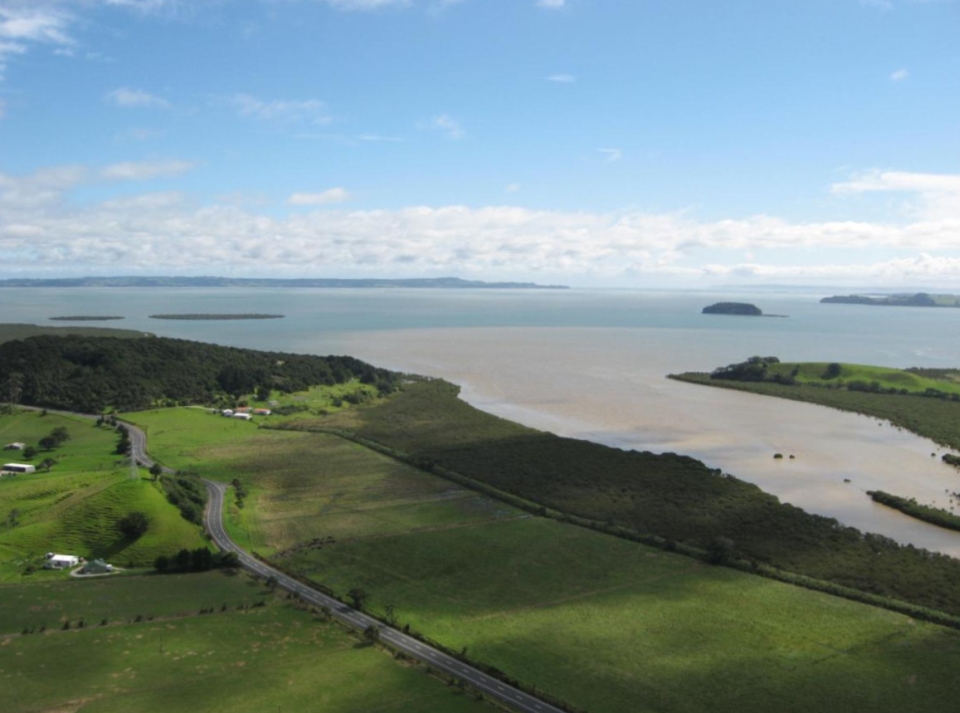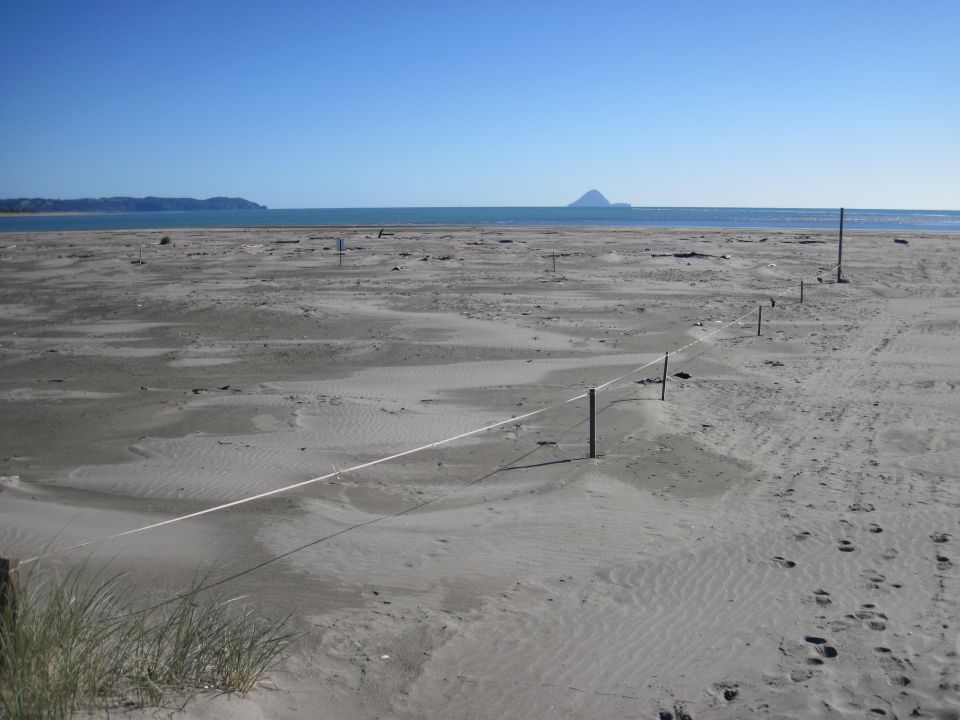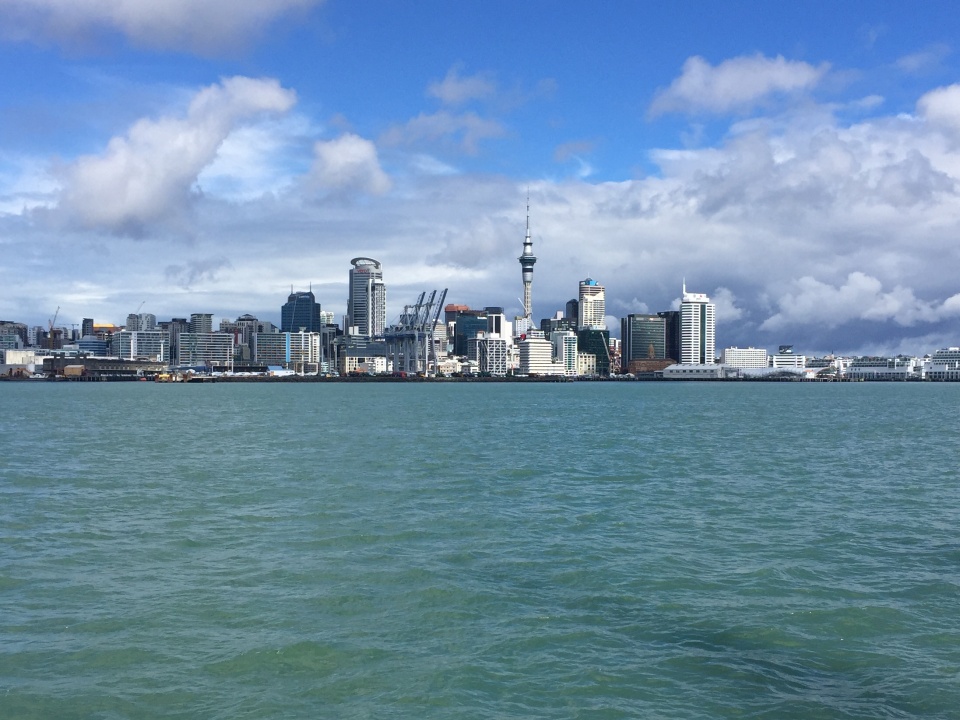Climate change, ocean warming and acidification
Climate change is increasing the temperature and acidity of our oceans. These changes will alter marine food webs, habitats, and ecosystems.
- See University of Otago’s NZ Marine Studies Centre resource The ocean of tomorrow: ocean acidification and the marine world: www.otago.ac.nz/marine-studies/resources/download/otago636544.pdf.
Overfishing
Overfishing happens when natural processes like breeding and migration can't replace catch numbers. Both commercial fishing and recreational fishing have had an enormous impact on our fish supply and ocean ecosystems over the last 100 years. Fishing technologies are making more fish available to more people but are also helping us to fish in a more sustainable way.
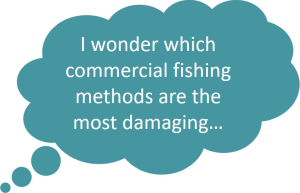
Pollution
Pollution can come in many forms. From litter, rubbish and plastics, to chemicals and harmful substances such as concrete. These can all cause problems for animals living on the coast and in the ocean. Anything that ends up in a stream, drain or in our stormwater system, can become a marine issue when it washes out to sea.
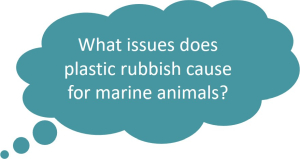
- For more information about rubbish on the coast and what we can do about it, see: http://sustainablecoastlines.org.
Sedimentation and run-off
Sediments are fine, mud-like substances in water. They are natural products of erosion. But too much sediment is lethal to many marine animals and creates long-term changes in the habitat.
Biosecurity threats and marine pests
Marine pests are unwanted living things growing in the marine environment. Pests on the hulls of boats and other equipment can spread in areas such as harbours and estuaries. We already have marine pests such as Mediterranean fanworm, Asian paddle crab, and clubbed tunicate/leathery sea squirt.
- If you come across a suspect marine pest animal or plant, or signs of illness in marine life, report it as soon as possible to the Ministry for Primary Industries (MPI) by calling the Pest and Disease Hotline 0800 80 99 66.
- See MPI’s New Zealand marine pest ID guide: https://www.mpi.govt.nz/dmsdocument/10478-new-zealand-marine-pest-id-guide.
- See also the LEARNZ video about MPI: The aquatic biosecurity system (05:32 min): https://www.youtube.com/watch?v=aW3HyrJ_WrI.
Dogs and other introduced predators
Introduced predators affect marine animals as well as land animals. Uncontrolled dogs can crush bird eggs, disturb nesting adults, and kill chicks. Many beaches have dog restrictions and owners should follow these. Other introduced predators such as rats, cats, hedgehogs and mustelids prey upon bird eggs and chicks, e.g. fairy terns. Our seabirds are vulnerable to predators because they often nest on the ground. Introduced predators can also eat fish eggs laid in shallow water or on leafy material.
- For more information about seabirds, see: www.doc.govt.nz/education-taiko.
- See www.doc.govt.nz/pestfree for more information about pest-free islands.
Lack of protection of marine environments
New Zealand has rules, laws and other tools for protecting its marine environment. This includes marine mammal sanctuaries and marine reserves. New Zealand's total marine area is over 4 million square kilometres. Compared to this the area of no-take marine reserves around our coasts is tiny.
Illegal harvesting
There are rules for size and catch numbers for each type of fish. Unfortunately, not everyone always follows these rules. This can deplete the supply of fish and other resources.

- For information about size and catch limits, see: https://www.mpi.govt.nz/travel-and-recreation/fishing/fishing-rules.
Disturbing the shore: vehicles on beaches
Vehicles can damage coastal plants and animals. Shorebirds breed in sand dunes and some nest on the beach. Their eggs can be well camouflaged and difficult to see. For this reason, many shorebirds have declining populations. Vehicles can also be dangerous to people on beaches and can damage shellfish beds.
Habitat destruction and reclamation
Housing and land development, especially near the coast, continue to increase. Reclamation and habitat destruction are thus becoming greater threats to marine environments.
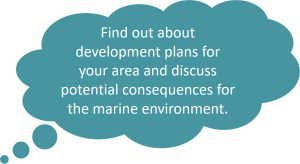
- Ready for a quiz? Try the Issues for Marine Environments activity.

